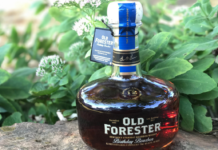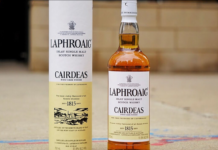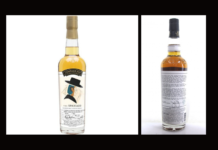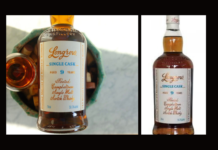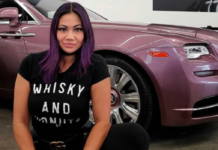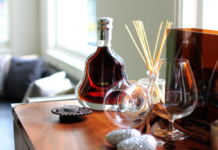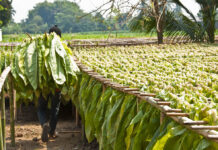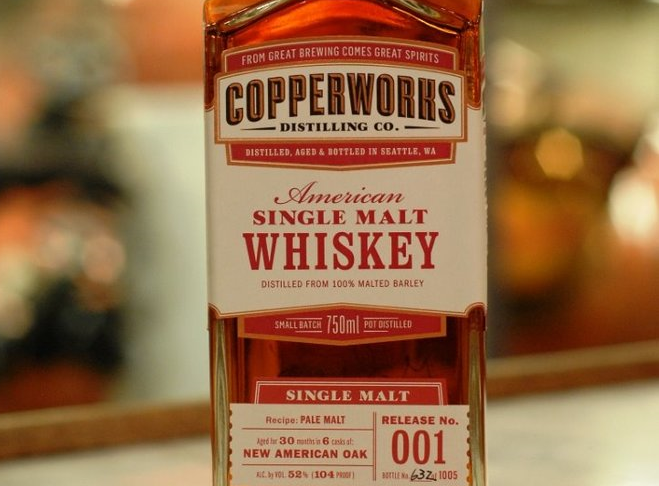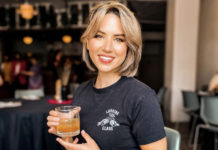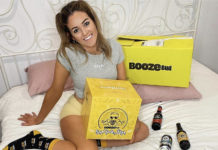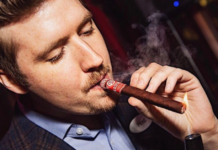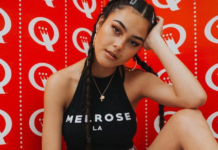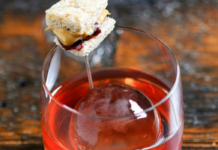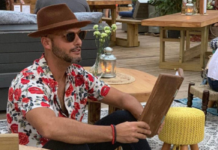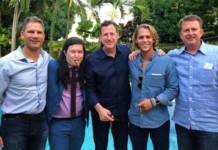Copperworks Distilling Company is a craft distillery, tasting room and retail store located in the heart of Seattle’s downtown waterfront. We focus on creating premium spirits that can stand impressively on their own or serve as a delicious base for new and classic cocktails. All our spirits are distilled from premium malted barley, primarily grown in Washington State. We currently offer gin and vodka and our all-malt whiskey is aging in charred, new American Oak barrels. We spoke to Jason Parker, the Co-Founder and President of Copperworks Distilling.
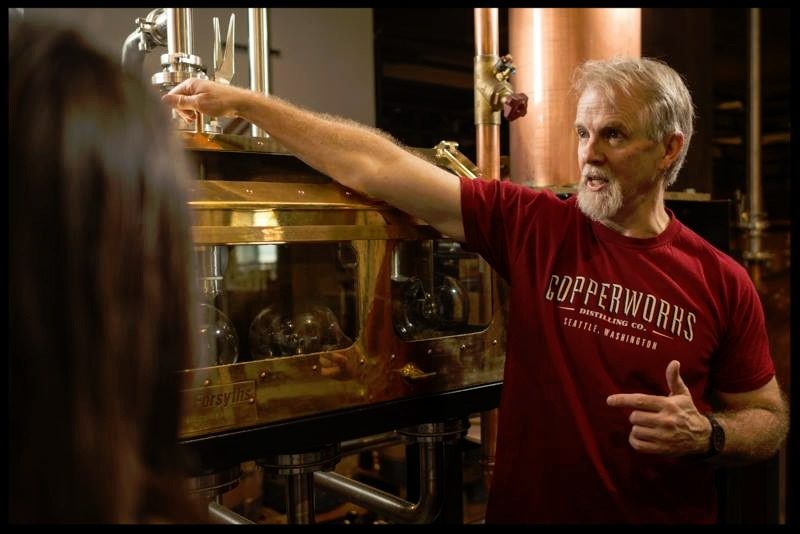 How did you come up with Copperworks Distilling?
How did you come up with Copperworks Distilling?
JP: When craft brewing became legal in June, 2008, I followed it closely, having been an early participant in the craft brewing movement 20 years earlier, and knowing first-hand how the industry might grow and favor those in early with a good business plan. By the Summer of 2009, I was well into my first business plan, and starting to look for investors.
On October 2, 2009, Micah Nutt, a friend and homebrew partner of mine since 1990, was at my house for one of the whiskey tastings I occasionally held. I mentioned that I was interested in opening a micro distillery to make malt whiskey and he told me he had been thinking of opening a distillery, too. We brainstormed, planned, and learned as much as we could for about another two years. That sounds like a long time, but we were also waiting to see what would become of the initiatives to privitatize liquor in WA State.
We incorporated in Jan 13, 2011, and by mid-March had begun still designing with Forsyths. We signed the lease for a location on the Seattle waterfront on April Fool’s Day, 2012. The legal partnerships between Micah and I were completed and stills were ordered in May 2012. Build-out of the distillery to get ready for the stills took 15 months, and the stills arrived just before Christmas 2012. The wash still was the biggest present I got that year, and I had to open it with a Sawsall!
What was your vision for the project.
JP: We wanted to apply our brewing knowledge to the production of Malt whiskey, Gin, and Vodka. Everything we had seen while visiting distilleries in Scotland in Jan 2012 indicated that the Scotts were bound by a traditional method of brewing their scotch. We did not believe it wise to compete directly with those products, so decided to brew a high quality craft beer, rather than the “fast-and-dirty” washes which were the traditional start to a malt whiskey.
We chose to locate on the Seattle waterfront to maximize our visibility to consumers visiting from all over, with the goal of establishing our brand in other state markets by direct sales to consumers in our tasting room, then eventually opening distribution in those states with the most customers.
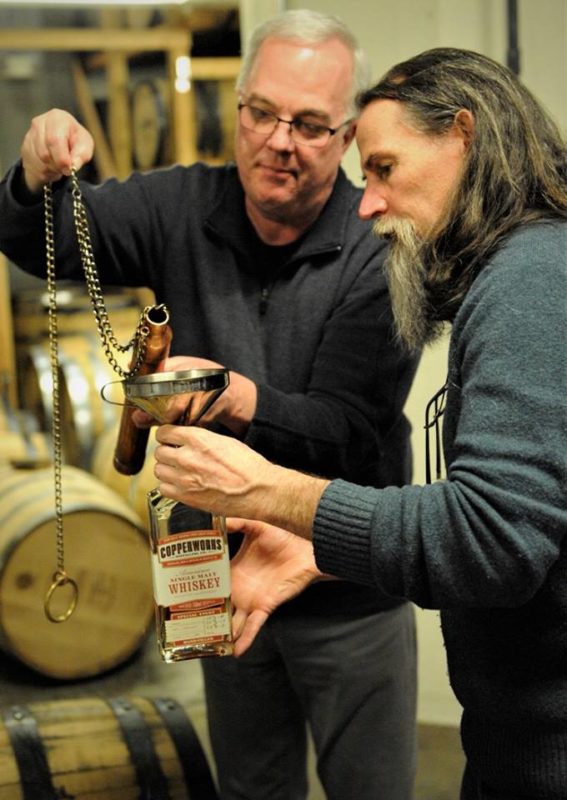 What is the first thing you do when you come into the distillery in the morning?
What is the first thing you do when you come into the distillery in the morning?
JP: Turn on all the lights, walk through the plant to see how the production area and tasting rom look (I’m the “appearance police—always making sure we project the most positive image we can for our daily visitors), and checking the sales for the prior day.
Tell us your day to day activity: Me: Responding to emails, ordering packaging materials, fielding interviews meeting requests, working with bookkeeping as needed, entering production data, filing monthly reports, and paying taxes. Leading our weekly taste panel, Brewing on Thursday at a partner brewery (Elysian, Pike Brewing, and soon to be others), initiating cap-ex projects, raising capital, forming partnerships with other brewers, distilleries, farmers and malt houses. Contracting for and scheduling plant maintenance, and working bottling parties and evening events—either in our tasting room or off site.
Micah: Wash and spirit distillation, gin distillation, proofing, transferring, monitoring fermentation , Barrel filling, dumping, mingling, marrying, and bottling. chemical treatment of the cooling tower, CIP tanks, stills, and totes, respond to emails, small fixes of tasting room equipment.
What is the most challenging about your job?
JP: Personally it’s keeping life balance. When you love what you’re doing, and want to do more and more, other things don’t get their fair time—such as relationships, health, friendships, and diet. Specific to the distillery, maximizing production while balancing cash-flow is the constant challenge.
What are you most proud about being in this industry?
JP: I’m most proud and motivated by being a brand ambassador—and to some small extent–a shaper of the community of distillers, brewers, farmers, and malsters in this region. I am energized by the opportunity to help share the wonderful products, stories, and creative ideas from that community with the public.
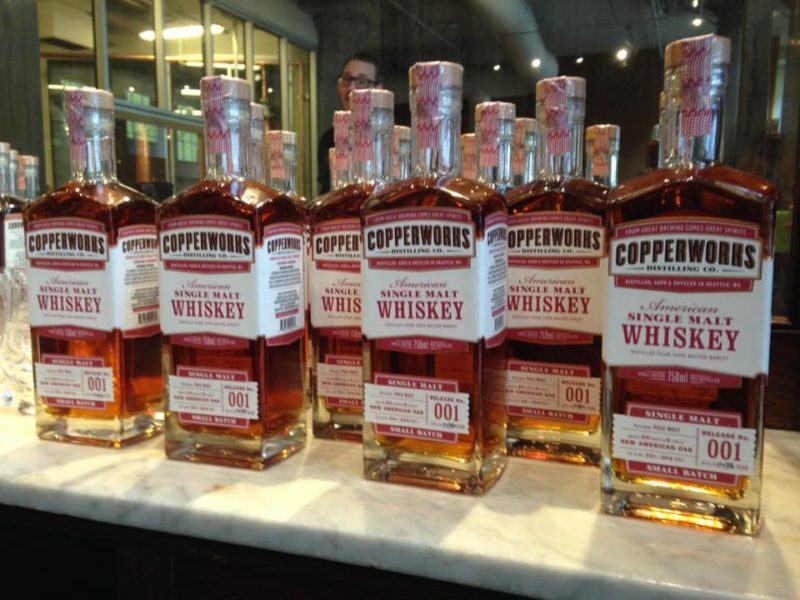 What type of Whiskey expressions do you produce?
What type of Whiskey expressions do you produce?
JP: 100% American Single Malt Whiskey. Within that category, we have different grain bills (100% pale malt and 5 malt), barrel types (all 53 gallons or larger, with a portfolio of wood types, toasts, chars, prior uses, and entry proofs), and a few whiskeys distilled from bottle-ready beers.
Do you source the ingredients locally?
JP: Yes for the most part. Our whiskeys are primarily made from local malt, some from single farm, single variety, and single vintage—with other incorporating Scottish, Belgian, and malts from states other than Washington.
Our Vodka and Gins are also primarily made of WA grown malt, however the botanicals in our gin are sourced from around the world, based on where we have determined the best flavors for our products come from.
How important is it to keep everything local?
JP: Local is our preference, from equipment, ingredients, services, and partnerships. But when the best product or service can’t be sourced from Seattle, then we look to the rest of Washington. And if Washington doesn’t have what we need, then we look to the rest of the US, then to the rest of the world.
What in your expert opinion is the definition of creating an American Single Malt?
JP: In general, I would say an American Single Malt whiskey is made in the US from100% malted barley mash, distilled on any type of still to below 160 proof, entered into any type or size of barrel, and matured for any length of time, before being bottled at or above 80 proof.
We have much stricter standards for our products, however. Besides using 100% malted barley, we also boil our wash to sanitize, ferment with a fresh brewers yeast (not a dried distillers yeast), use no enzymes, ferment in temperature controlled fermenters at 72 degrees F., crash-cool for a minimum of 1 week (2 is our current average), and perform a two pot distillation with cuts at 147 to 121 proof. We mature in only 2-yeaar seasoned oak (if new), or top quality Sherry, Cognac, or other used barrels, in temperature conditioned warehouses with significant air flow.
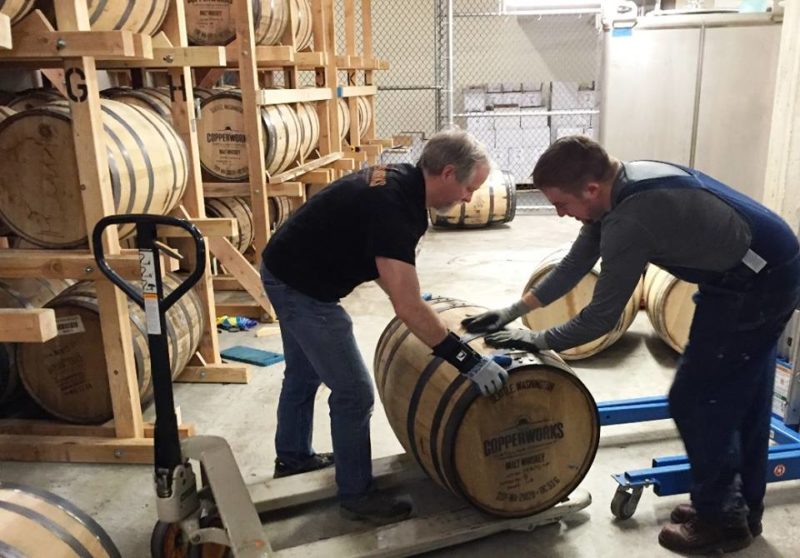 In your personal opinion, what would you say is the secret of a good dram?
In your personal opinion, what would you say is the secret of a good dram?
JP: A drink that captures my interest. I look for a balance between malt, yeast, and barrel. Not just barrel. Old whiskeys are interesting for the esters you can only get after years in the barrel.. Young whiskeys are interesting for the flavor contributions from the malt and yeast—flavors that are overpowered and lost in old whiskeys, And whiskeys which feature a specific aspect: a variety of malt, a unique type of wood, fermented with a particularly interesting yeast, etc, all capture my interest.
Are you experimenting in different cask finishes, sherry, port, amoroso, etc. ?
JP: Yes. All of the above. Plus primary maturing in those casks. We have Fino, Manzanilla, Oloroso, and Pedro Himennes Sherry casks, Congnac casks, and a variety of other unusual casks being used for primary aging.
Do you remember your first experience with a dram?
JP: Growing up in KY, I drank bourbon and rye whiskey since high school. I had my first malt whisky when I was with my parents on my first trip to Great Britain in 1981, We drank Scotch whisky and English ales all over England and Scotland, and I fell in love with both, returning home with my first bottle of whisky (Jura) and a brewing passion that would eventually lead to my career path.
What advice would you give others, who are looking to get into this industry?
JP: I’m asked this question at least weekly, if not daily. I always tell them that I’ll spend just 5 minutes trying to talk them out of it (and usually succeed if the reason they want in is because they think they’ll make money from the venture), but if after that they still want to go forward, I’ll do everything I can to help them succeed.
I believe the most important aspects are to be focused in your story and approach, and to have 3-4 times the money you think you’ll need. No one needs another distillery that makes 20-40 products of no particular distinction and who can’t afford to scale to the 5,000 cases/year mark, where you first start becoming profitable.
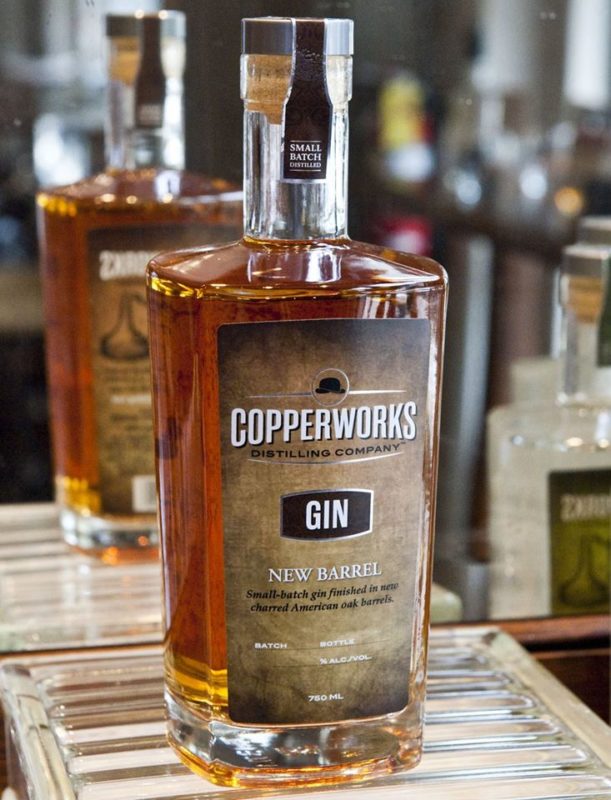 Where do you see your distillery 5 years from now?
Where do you see your distillery 5 years from now?
JP: Partnered with more farmers, malsters, and brewers, continuing to produce malt-based vodka, gin, and American Single Malt Whiskey. Selling everywhere in WA state and perhaps a few other states, up to 10,000 cases per year of whiskey, winning top awards and accolades from international competitions and reviews, and maybe even making a profit.
If you could describe your whisky in 3 words, what would they be?
JP: Made from beer.
Anything else you’d like to share with our readers?
JP: The creativity and gumption of small distillers are going to blow the doors off of the spirits segment, just like they have done in brewing. And just like in that industry, small producers with mold-busting products and authentic stories will rise to the top. Consolidations will happen, but the game will play out more quickly than it has in the craft beer industry, as the big spirits producers have learned from watching what happens when they don’t pay attention to the game-changers soon enough.
For more information on the distillery, please visit the links below:
website: CopperworksDistillery
facebook: @CopperworksFacebook





